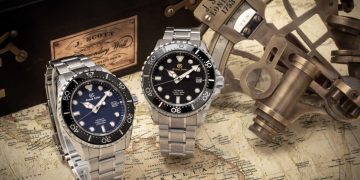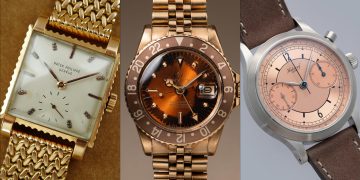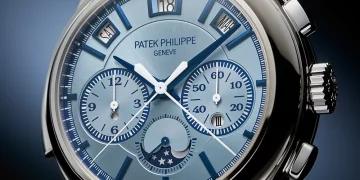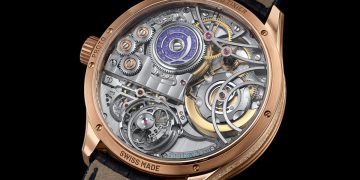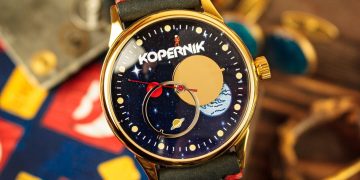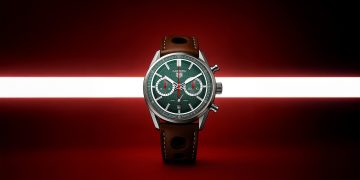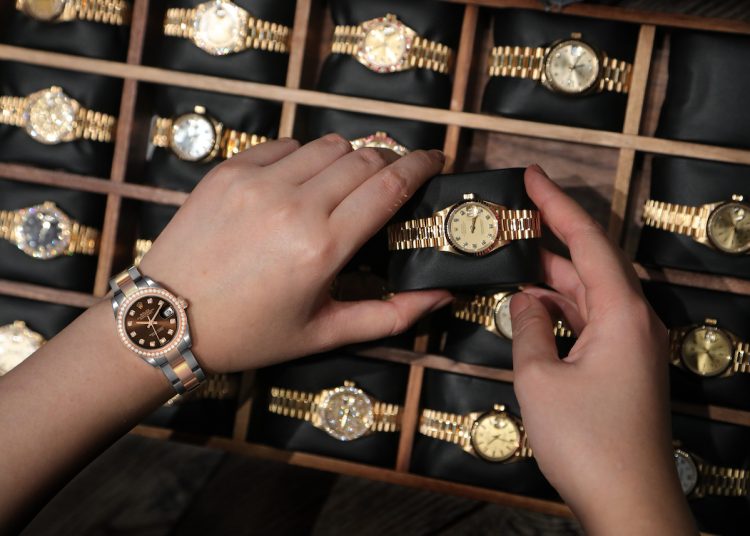Rolex, the name itself exudes a sense of luxury, craftsmanship, and timeless appeal. Known for creating some of the most sought-after watches in the world, Rolex has become synonymous with success in the watchmaking industry. But did you know that at one point, this iconic brand almost faced bankruptcy? This is a chapter of Rolex’s history that many people are unaware of, but understanding it provides crucial insights into the resilience of the brand and how it navigated through one of its most difficult periods. In this article, we will explore Rolex’s financial struggles during a particularly turbulent time and how the brand managed to rebound and emerge stronger than ever.
The Roots of Rolex: From Humble Beginnings to a Luxury Empire
To understand how Rolex almost went bankrupt, it’s essential to trace its history. Founded by Hans Wilsdorf and Alfred Davis in 1905, Rolex began as a small British company. The company’s initial aim was to provide high-quality wristwatches that were more reliable than pocket watches, which were considered the standard at the time. Wilsdorf’s vision of accuracy and precision paid off, and Rolex quickly gained a reputation for quality. In 1910, Rolex became the first wristwatch to receive the Swiss Certificate of Chronometric Precision, cementing its status as a watchmaker of the highest caliber.
By the 1920s, Rolex had made significant strides, but the 1930s would mark a period of tremendous financial difficulty for the brand. The global economic depression, which began in 1929, affected many industries, and watchmaking was no exception. Despite the high demand for Rolex’s watches, the financial crisis forced many companies to close their doors. Rolex, too, faced enormous financial pressure and had to make some tough decisions to stay afloat.
The Financial Crisis of the 1930s: A Turning Point for Rolex
The Great Depression hit Rolex at a time when the brand was expanding into international markets. As demand for luxury items plummeted, Rolex’s sales also began to drop. With the majority of their customers being high-net-worth individuals who were feeling the effects of the economic downturn, Rolex found itself in a difficult position. The company, like many others, had to cut costs to survive. Rolex faced bankruptcy, but Hans Wilsdorf, the visionary behind the brand, was not willing to give up.
At this critical juncture, Wilsdorf made a bold decision that would change the trajectory of Rolex’s future. Instead of cutting back on innovation, he decided to double down on research and development. He understood that the key to surviving the crisis was to not just offer luxury, but also to enhance the functionality and reliability of the watches. This vision would ultimately lead to some of the most iconic and technically advanced watches in history.
Innovations That Reshaped Rolex’s Future
During the 1930s, Rolex introduced several innovations that would set it apart from its competitors. One of the most notable was the introduction of the “Oyster” case in 1926. This groundbreaking design made the watch waterproof, a feature that had never been seen before in the luxury watch market. The Oyster case was a game-changer for Rolex, and it would later become the foundation for many of the brand’s most famous models.
In 1931, Rolex also introduced the world’s first self-winding movement, the Perpetual movement, which further cemented its reputation for innovation. These technological advancements helped to differentiate Rolex from other watchmakers and attract a new generation of customers. The combination of luxurious design and cutting-edge functionality was a recipe for success, and Rolex slowly started to regain its financial footing.
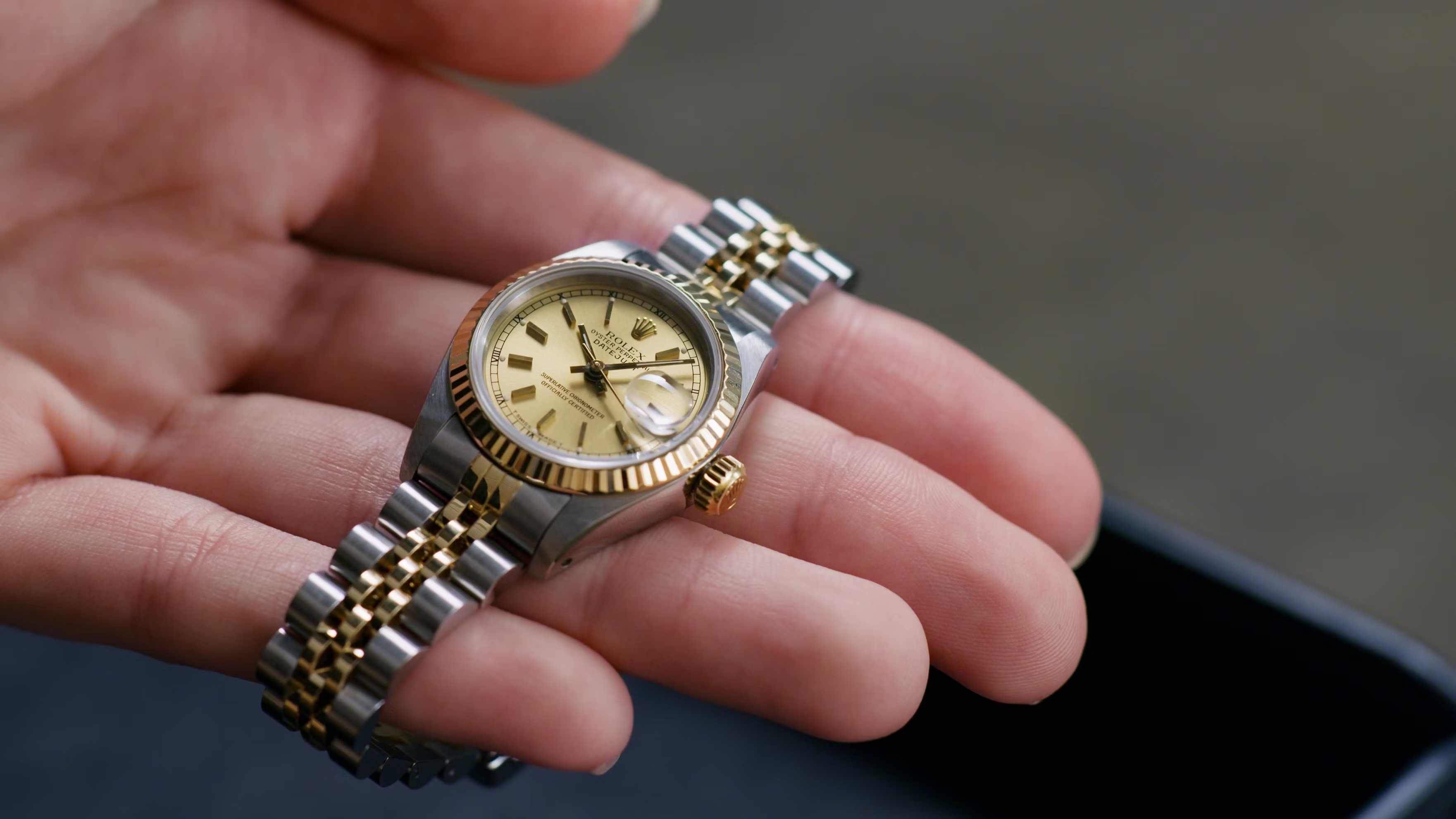
Rolex’s Financial Recovery: The Strategy Behind the Rebirth
As Rolex’s innovative products gained popularity, the company began to recover from the financial woes of the Great Depression. But it wasn’t just technological innovation that helped Rolex bounce back. Wilsdorf’s strategic decisions in marketing and brand positioning also played a crucial role in the company’s revival. Instead of focusing solely on high-end consumers, Rolex began targeting a broader audience. By marketing the brand as a symbol of success and precision, Rolex managed to increase its appeal to both the wealthy elite and the emerging middle class.
One of the key factors in Rolex’s recovery was its focus on exclusivity. The brand’s association with achievement and status became central to its marketing strategy. Rolex watches were no longer just timepieces; they were symbols of personal success and ambition. By the 1940s, Rolex had firmly re-established itself as a luxury brand, and its watches became coveted symbols of status and sophistication.
Rolex’s Darkest Hour: Facing Bankruptcy Again in the 1970s
Despite the success Rolex had in the post-World War II era, the company faced another serious financial crisis in the 1970s. This time, the cause was the rise of the quartz watch. The Swiss watch industry, including Rolex, was hit hard by the advent of quartz technology, which was cheaper to produce and more accurate than mechanical watches. Swiss watchmakers, including Rolex, initially resisted the change, but the widespread adoption of quartz technology led to a significant decline in demand for mechanical watches.
Rolex was in danger of losing its position as a leader in the watch industry. Many thought that the brand, which had built its reputation on traditional craftsmanship, would not be able to adapt to the new era of quartz watches. However, Rolex’s resilience and adaptability came through once again. The company decided to embrace the quartz revolution and launched the Rolex Quartz, a line of watches that incorporated quartz technology while maintaining the brand’s signature design and luxury appeal.
At the same time, Rolex doubled down on its mechanical watches, focusing on refining and improving the movements. This dual approach—combining the latest technology with traditional craftsmanship—allowed Rolex to maintain its relevance in an increasingly competitive market. By the late 1980s, Rolex had once again emerged as the dominant force in luxury watchmaking.
How Rolex’s Recovery Shaped the Luxury Watch Market
Rolex’s ability to overcome financial crises and adapt to changing market conditions has been a defining feature of the brand’s success. Rolex’s strategy of blending tradition with innovation has allowed it to maintain its position as a symbol of luxury and prestige. The brand’s focus on precision, craftsmanship, and exclusivity has made Rolex watches some of the most coveted timepieces in the world.
The financial crises that Rolex faced in the 1930s and 1970s were pivotal moments in the brand’s history. These challenges forced the company to rethink its approach to both business and product development. As a result, Rolex emerged from these dark times stronger and more resilient, with a renewed commitment to excellence.
Today, Rolex is not just a watch brand; it is a symbol of success, achievement, and luxury. Its story is a testament to the power of resilience and the importance of innovation in overcoming adversity. The brand’s survival strategies during its darkest hours helped shape the modern luxury watch market, and Rolex continues to set the standard for quality and craftsmanship.
Conclusion
Rolex’s journey to success has been anything but smooth. The brand has faced financial crises, technological challenges, and shifting market trends, but each time, it has emerged stronger and more refined. The story of Rolex’s near bankruptcy is a reminder that even the most iconic brands face difficulties, but it is how they respond to those challenges that determines their future. Rolex’s ability to innovate, adapt, and stay true to its core values has allowed it to become one of the most successful and respected luxury brands in the world.


